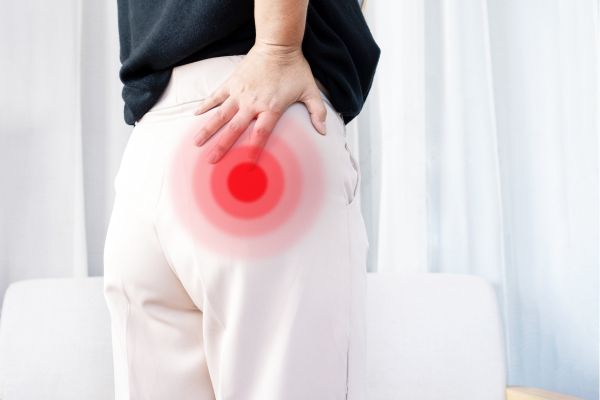Hip pain can be incredibly debilitating and have a significant impact on one's quality of life. Fortunately, physiotherapy can provide effective treatment options to alleviate hip pain and restore proper functioning. Physiotherapy for hip pain typically involves a combination of stretching and strengthening exercises tailored to the individual's needs.
In addition to exercises and manual therapy, physiotherapists may provide education on posture correction and body mechanics to prevent further strain on the hip joint. They may also suggest modifications or assistive devices that can help reduce pain during activities of daily living. Overall, with the help of physiotherapy, individuals suffering from hip pain can experience improved mobility, reduced pain, and an enhanced quality of life.
Severe pain around hip joint, Inability to bear weight on affected side, limping in walking, decreased ranges of hip, Swelling or stiffness at or near Hip joint, history of trauma or fall, age related obesity or fall can also result in fracture of hip bone or any muscular trauma. In case of any leg length discrepancy also, one should immediately consult to a doctor.
X-Ray, MRI can reveal if any bony or musculoskeletal related issue present. Decrease in neck shaft angle, Break in Shanton’s line of abnormal Q angle can reveal different conditions in hip. Arthrography or ultrasonography can also be used for diagnostic purposes in severe case of injury. Your doctor will use these radiographic features go diagnose such conditions of hip.
Careful examination of gait pattern, weight bearing status, balance and posture and leg length while sitting and lying are done.

Hip pain can present in a variety of ways, and the symptoms can range from mild discomfort to severe, debilitating pain. The most common symptoms of hip pain include aching or discomfort in the hip joint, groin, or thigh area. The pain may worsen with activity, especially walking, running, or climbing stairs.
Some people may experience stiffness or a limited range of motion in the hip joint, making it difficult to perform simple tasks such as tying shoes or getting in and out of a car. Additionally, hip pain may result in a limp or a change in gait, and some people may experience swelling, tenderness, or a warmth sensation in the affected area.
Anterior Hip pain may be due to
Lateral Hip pain may be due to:-
.jpg)
In Sector 49, Gurgaon, you can find reliable physiotherapy treatment for hip pain. The treatment focuses on addressing the underlying cause of the pain and improving hip joint function. Best physiotherapist in Gurgaon will conduct a thorough assessment to understand the nature of the hip pain and develop a personalized treatment plan. The treatment may include exercises, stretching, and strengthening techniques to improve flexibility and stability. Manual therapy techniques such as joint mobilization and soft tissue manipulation may also be used. Additional therapeutic modalities like heat or ice therapy may provide pain relief. It is advisable to consult with a qualified physiotherapist in Sector 49, Gurgaon for effective hip pain treatment.
Different strategies for the different conditions of the hip according to the patient are applied to avoid any further complications. Therefore, for a better rehabilitation program contact our physiotherapy clinic in Gurgaon, or reach us at our different branches in Gurugram. For further details contact at 8929294515